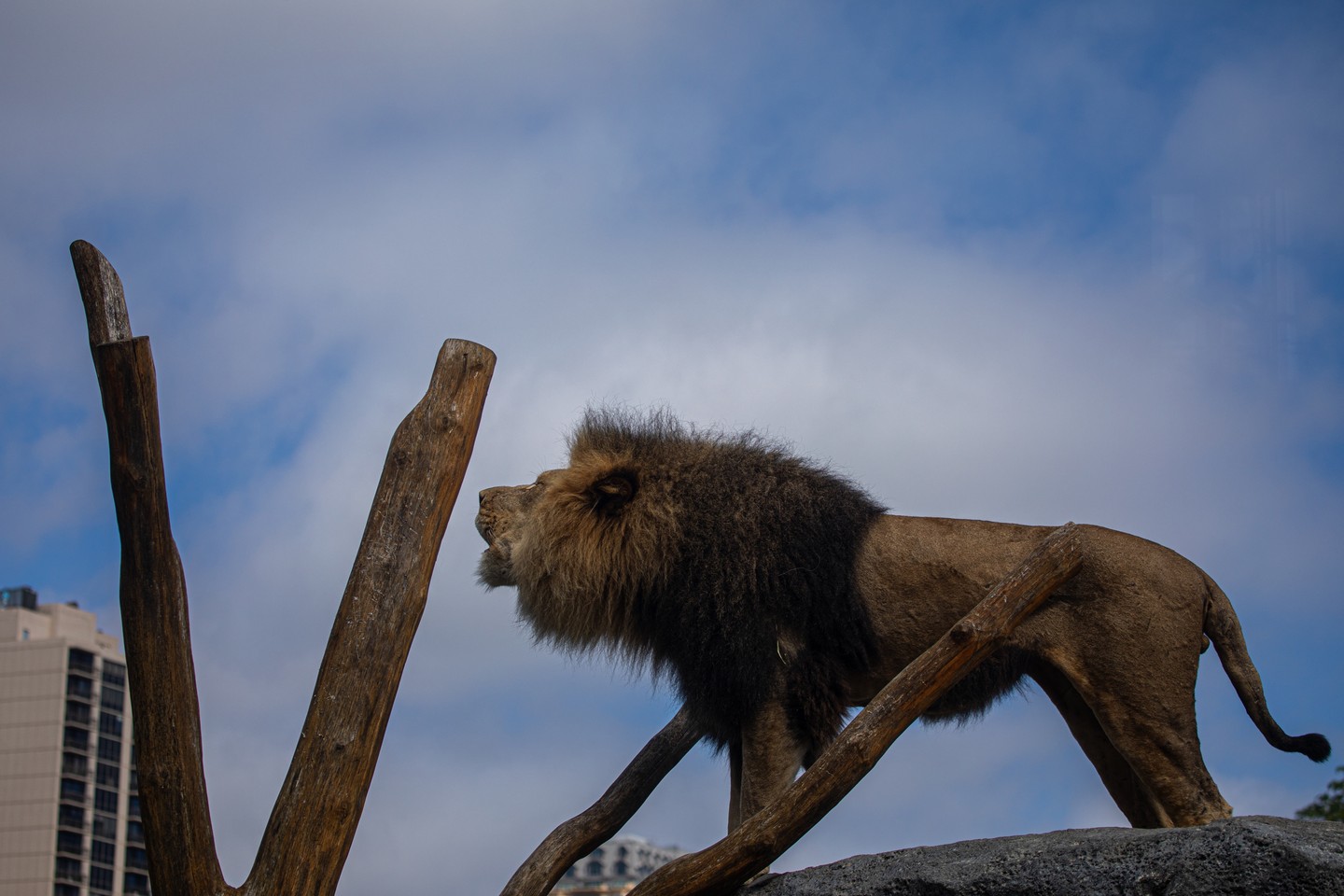- Understanding the Seasonal Expression: "March is in like a lion…"
- Exploring Animal Behaviors Influenced by Seasonal Changes
- The Impact of Seasonal Changes on Zoological Gardens and Wildlife Conservation
- Human Influence on Seasonal Patterns and Wildlife
- Strategies for Enhancing Wildlife Conservation Amid Seasonal Changes
The phrase "March comes in like a lion" speaks to an ancient observation of the weather patterns associated with this transitional month. March heralds spring in the Northern Hemisphere and carries the promises of renewal and rebirth. Its early bluster and unpredictability, likened to a lion, gradually calm as the month progresses. Throughout history, this saying highlighted the shifts between winter’s harshness and spring’s gentler weather. Beyond its meteorological implications, this expression can also be applied to wildlife patterns and zoo management. Understanding these changes requires a look at both environmental processes and their ripple effects on wildlife and human activities.
Seasonal expressions like "March is in like a lion" also guide us in observing animal behavior shaped by the environment. Wildlife has developed distinct behaviors and adaptations in response to the Earth’s natural cycles. These seasonal rhythms influence breeding, migrations, hibernations, and feeding patterns. Animals, such as American black bears, synchronize birth with the arrival of spring to ensure the presence of abundant food and better survival chances for their cubs. Similarly, many bird species migrate across hemispheres, relying on rising temperatures and longer daylight as cues to move. Understanding these patterns is crucial for wildlife conservation efforts, particularly when considering breeding programs, habitat management, and the introduction of species to new environments.
In zoological gardens, seasonal changes can significantly affect the management of captive animals. Zoo management teams must remain vigilant to care for both indigenous and exotic species during times of transition. Temperature fluctuations, food availability, and light changes can impact animals’ health and behavior, requiring zoo personnel to adapt enclosures and care routines. For example, a change in diet might be needed to mimic natural seasonal variation in the wild, or new heating systems may have to be installed in enclosures for species not adapted to the lower temperatures of early March. The goal remains to meet the biological needs of animals as closely as possible to their natural habitat, safeguarding their well-being and facilitating educational and conservation objectives.
The intersection of human activity with natural environmental changes presents challenges and opportunities for wildlife conservation. Due to climate change and habitat modification, the predictability of traditional seasonal patterns is becoming compromised. This alteration impacts animal behaviors, such as migration and breeding, with potential detrimental effects on populations. Environmental agencies and conservationists need to study these patterns and mitigate the effects by developing strategies for preserving critical habitats and facilitating the resilience of ecosystems in the face of changing climates.
Engaging in active wildlife conservation amid seasonal changes requires effective strategies and collaboration among scientists, policy-makers, and conservationists. First, public awareness campaigns play a vital role in educating people on the importance of conserving habitats and understanding the impacts of climate change on wildlife. Outreach involves local communities, emphasizing the symbiotic relationship between humans and nature. Second, technologies such as satellite tracking and climate modeling are vital in identifying critical habitats and understanding migration patterns. These data-driven approaches assist in forming policy and direct interventions. Finally, multidisciplinary cooperation extends beyond borders, recognizing that ecological balance and biodiversity conservation require a global perspective.
The saying "March is in like a lion" is more than folklore; it’s a gateway to understanding intricate ecological dynamics. The influence of seasonal changes on animal behavior, wildlife management, and conservation efforts is profound. By examining these complexities, we come to appreciate the delicate balance in ecosystems, allowing us to better preserve natural habitats and ensure a future where wildlife thrives alongside human development.
*****
Source Description
Well, you know what they say! March is in like a lion…


